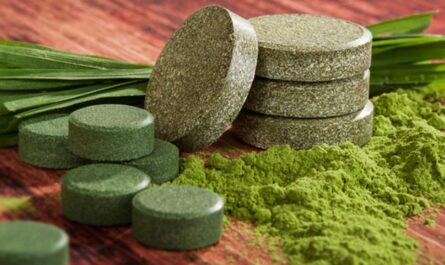While artificial food dyes have been used for decades to make processed foods more appealing, concerns about their safety have grown in recent years. As researchers uncover potential links between certain synthetic dyes and issues like hyperactivity in children, many consumers are looking for natural alternatives. Let’s take a closer look at some naturally-derived food colors and why they may be a healthier choice.
Plant-Based Pigments
Plants contain an array of pigments that can safely color foods. Anthocyanins give berries their deep reds and purples, betalains lend vivid reds and yellows to beets, and chlorophyll produces the green hue of leaves. These antioxidant-rich pigments have long been safely consumed as part of fruits and vegetables. Food scientists can now precisely extract and refine them for use as Natural Food Colors.
Common plant-derived colors approved for foods include red and purple varieties from fruits like grapes, black currants, and elderberries. Annatto, made from the seed of the achiote tree, produces shades of orange and yellow. Spirulina and chlorophyll derivatives offered green options. Used judiciously, these concentrated plant pigments can match the vividness of synthetic dyes.
Natural Beet and Natural Food Colors
Two top plant-derived colors come from beets and grapes. The pigments betalains and anthocyanins they contain have shown benefits beyond coloring. Research links compounds in red beet juice to boosted nitric oxide levels, supporting cardiovascular health. Grape pigments called anthocyanins display potent antioxidant activity and have been tied to brain, eye, and skin protections.
In foods, concentrated grape and beet colors offer hues from pink to red to purple without artificial ingredients. Producers continue optimizing extraction methods to improve stability so these natural reds maintain vibrancy throughout a product’s shelf life. As the safety profiles of plant pigments become clearer, natural beet and grape colors seem poised to displace some synthetic reds in the market.
Shellfish Colors
The carapaces of crustaceans like shrimp, crabs, and lobsters concentrate vibrant reds and pinks through their diet. Various extraction methods yield color additives approved for use in foods, cosmetics and more. Common shellfish strains approved for foods include red colorant from boiled shellfish (shellfish carminic acid) and red color from dried shrimp.
Shellfish colors have shown benefits for conditions like macular degeneration due to their high antioxidant content, though more studies are still needed. In food applications, shellfish pigments offer clean, Natural Food Colors reds without synthetic chemicals. Some producers combine them with plant colors to achieve a wide spectrum of shades. As sustainability concerns grow around overfishing, shellfish color solutions based on waste materials present an environmentally friendlier option.
Natural Food Colors Market Growth
Driven by consumer demand for simpler, purer ingredients, the natural food color market has expanded quickly in recent years. Global sales of natural colors reached over $330 million in 2020 according to one report and are projected to increase by 6-7% annually through 2028. North America and Europe currently lead in natural color adoption, but usage is rising across Asia as well amid broader clean label trends.
Producers continue developing new natural color strains from spices, fruits and other plant sources. Partnerships between ingredient suppliers and major food brands also help scale up natural color solutions suitable for various product types from beverages to bakery items. As science clarifies health impacts and regulation potentially limits certain artificial dyes, natural alternatives seem poised to increasingly displace synthetic colors across global food markets.
a safer and more sustainable path forward for food colors lies in natural pigments from plant and marine sources. Long consumed as part of health-promoting fruits and vegetables, these concentrated colors offer food producers vibrant options without artificial ingredients. With shellfish and plant pigments actively studied for additional benefits and natural colors projected to grow considerably, they appear to be a logical choice over controversial synthetic dyes. By adopting natural colors, manufacturers can give consumers the vibrantly-colored foods they expect while opting for cleaner, simpler ingredients.
*Note:
1. Source: Coherent Market Insights, Public Source, Desk Research
2. We have leveraged AI tools to mine information and compile it.
About Author:
Ravina Pandya, Content Writer, has a strong foothold in the market research industry. She specializes in writing well-researched articles from different industries, including food and beverages, information and technology, healthcare, chemical and materials, etc. (https://www.linkedin.com/in/ravina-pandya-1a3984191)



